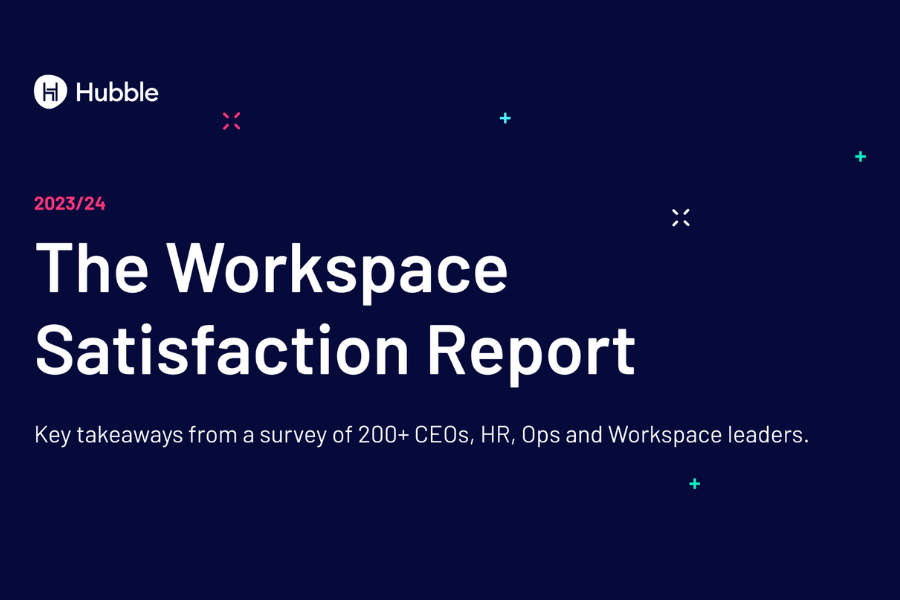
So, you’ve created a workspace strategy for your business. It’s been a few months, and you want to see whether it’s aligned with your business goals. What’s your first step to measuring success?
At Hubble, we asked UK business leaders the same question. Our Workspace Satisfaction Report took the opinions of 200+ CEOs, HR, Ops and workspace leaders who all had strong stances on workspace strategy — including how to measure its success.
Below, we summarise our key findings so you get a snapshot of business leaders’ metrics and methods for measuring workspace success. But if you’d like the full picture, download your free copy of our Workspace Satisfaction Report at the link below! 👇

UK business leaders feel uncertain about their current strategies
One of the first questions we asked business leaders was how satisfied they were with their current workspace strategies. In the survey, only half of all companies were satisfied with their setups — with just a quarter of those (24%) being ‘very satisfied’.
This could be for several reasons. For example, they could be spending money on office space and not seeing a return — whether through high output levels or employee satisfaction.
These statistics could explain why leaders have had varying degrees of success when putting new workplace practices into action.
For example, 26% of companies said they ‘somewhat agree’ they’ve established successful remote communication and collaboration practices. However, 22% said they strongly disagree.
Similarly, 24% of companies said they ‘somewhat disagree’ with their employees being more productive now than before the pandemic. Whereas 21% of respondents ‘somewhat agreed’.
There’s no set way to measure workspace success
So, how are companies measuring workspace success? Our survey revealed that UK business leaders consider ‘productivity’ and ’employee happiness’ essential metrics.
41% of remote companies use ‘meeting company targets’ to quantify productivity levels, while 50% of fully office-based companies prefer using software to track their teams’ activities.
What’s more, 36% of respondents said they rely on ‘meeting attendance’ as a metric, and a further 33% opted for ‘manager feedback’.
These statistics suggest no “one-size-fits-all” approach to measuring productivity. It’s completely dependent on the workplace: the culture and how employees typically work.
This was also seen with employee happiness. While all respondents (100%) had methods in place for measuring employee satisfaction, there were apparent differences in how they went about it.
For example, 56% of office-first companies measure employee satisfaction with surveys — versus 53% for remote-first and 42% for hybrid companies.
It’s clear there isn’t a single method for measuring workspace success. However, there are effective steps you can take to ensure your chosen strategy is aligned with your business goals. Here’s how!
The Workspace Satisfaction Report: Download your FREE copy!

Keen to gain deeper insights into the future of workspace strategy? Download The Workspace Satisfaction Report! It’s free to download and is packed with more key insights, such as:
- What is the most popular workspace strategy — office, hybrid, or remote? 🏢
- Are leaders keen to mandate office days? And if so, how often? 📅
- What other methods are leaders using to quantify workspace success? 📊
Get the report to gain insights into 2023 office trends and stay ahead in the future of workspace!
